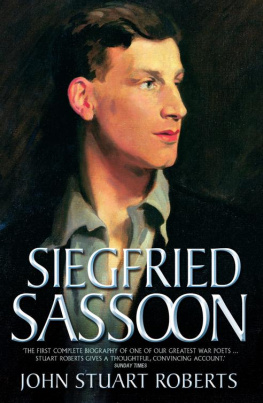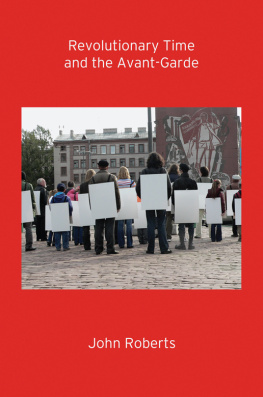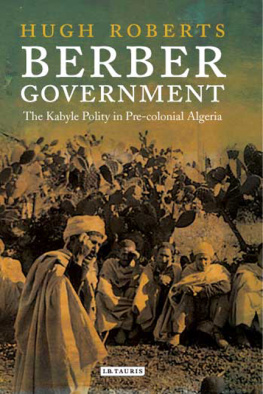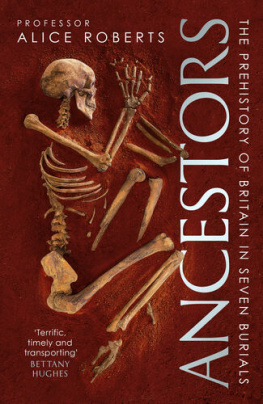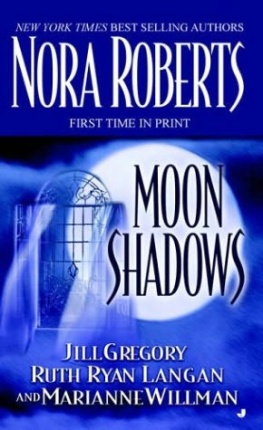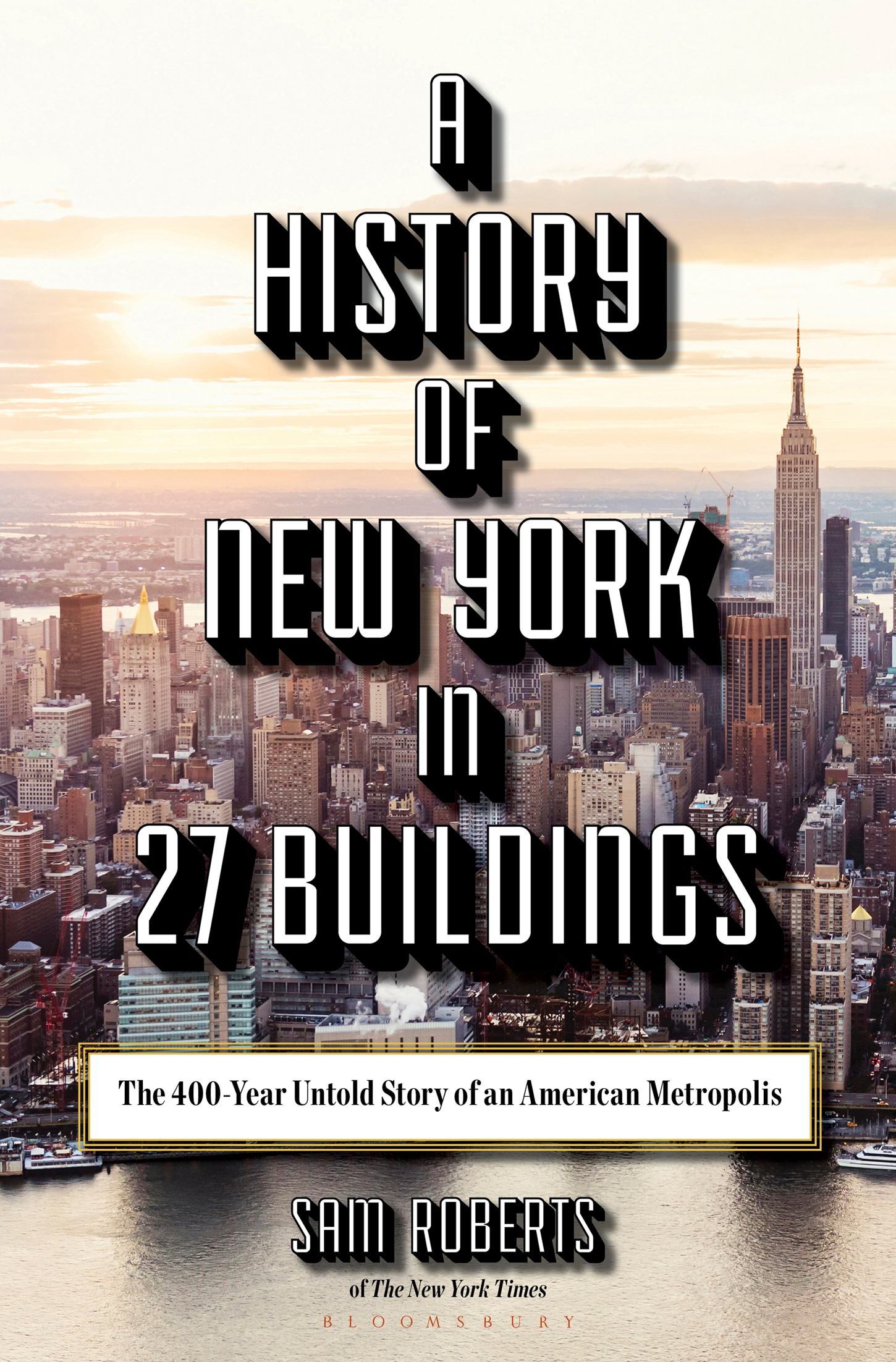Contents
Guide
Pagebreaks of the print version

For Michael and William
I would give the greatest sunset in the world for one sight of New Yorks skyline The sky over New York and the will of man made visible. What other religion do we need? Is it beauty and genius they want to see? Do they seek a sense of the sublime? Let them come to New York, stand on the shore of the Hudson, look and kneel. When I see the city from my windowno, I dont feel how small I ambut I feel that if a war came to threaten this, I would throw myself into space, over the city, and protect these buildings with my body.
Ayn Rand, The Fountainhead
BY THE SAME AUTHOR
Only in New York: An Exploration of the Worlds Most Fascinating, Frustrating, and Irrepressible City
Grand Central: How a Train Station Transformed America
A History of New York in 101 Objects
Americas Mayor: John V. Lindsay and the Reinvention of New York (editor)
A Kind of Genius: Herb Sturz and Societys Toughest Problems
The Brother: The Untold Story of the Rosenberg Atom Spy Case
Who We Are Now: The Changing Face of America in the 21st Century
Who We Are: A Portrait of America
I Never Wanted to Be Vice President of Anything!: An Investigative Biography of Nelson Rockefeller

CONTENTS
How much more epic are the lives of buildings.
Edward Glaeser, Triumph of the City
1661 | The Bowne House: Construction probably began this year, because in 1662 the Quaker meeting held there resulted in the arrest of its owner, John Bowne. |
1766 | St. Pauls Chapel: It opened as an outreach chapel of Trinity Church and survived the Great Fire of 1776 and the collapse of the World Trade Center. |
1804 | 21 Stuyvesant Street: Known as the Stuyvesant Fish House, it was built by the grandson of Peter Stuyvesant as a wedding present for his daughter and son-in-law. |
1811 | City Hall: Far uptown at the time, it replaced the century-old seat of municipal government, which had been converted into Federal Hall and razed in 1812. |
1842 | Federal Hall: Constructed on the site of the nations original Capitol, where Washington was inaugurated, it served as the U.S. Customs House and Subtreasury Building. |
1845 | The Marble Palace: Built for the self-made retailer A. T. Stewart, this architectural gem grew into what was arguably Americas first department store. |
1848 | The High Bridge: Originally called the Aqueduct Bridge, it is the citys oldest. Built to transport water from the Croton River, it was opened to pedestrians in 1864. |
1855 | 123 Lexington Avenue: Once one of nine identical brownstones, it is the only existing building in New York City where a U.S. president was sworn in. |
1865 | 134 East Sixtieth Street: Typical of thousands of nineteenth-century brownstones, it survives because of a woman who became a shaker, but refused to be a mover. |
1881 | Tweed Courthouse: Justice was blind when the vastly overbudget Italianate landmark became a monument to the corruption of Boss Tweed and Tammany Hall. |
1882 | Domino Sugar Refinery: The original complex dated from 1856, the current one from a generation later. Once the worlds largest sugar refinery, it dominated the waterfront. |
1884 | Pier A: The last surviving historic pier in Manhattan, it was the headquarters of the dock commissioners. Its clock has been described as the first World War I memorial. |
1901 | The Asch Building: Prophetically named, the fireproof ten-story stack of lofts was in a district crowded with garment manufacturers. It is now part of New York Universitys campus. |
1902 | The Flatiron Building: Who knew? The name of one of the favorite subjects for artists and photographers in the former Theater District actually preceded its construction. |
1903 | The Lyceum Theater: Commissioned by David Frohman, who, with his brothers, dominated show business, it is the oldest continually operating legitimate theater in New York. |
1904 | The IRT Powerhouse: Stanford Whites industrial colossus generated electricity to drive the subway system for a half century while paying homage to the City Beautiful. |
1906 | Sixty-Ninth Regiment Armory: Home to the Fighting Irish, as they were nicknamed during World War I, the Beaux-Arts drill hall broke ground architecturally and for the art inside. |
1909 | The Bossert Hotel: Called the Waldorf-Astoria of Brooklyn, it was built by the lumber baron who supplied the timber for Ebbets Field and became a Dodgers hangout. |
1909 | The American Bank Note Plant: This impregnable complex in what became a notorious South Bronx ghetto was, to the cognoscenti, a veritable moneymaking machine. |
1913 | Grand Central Terminal: The construction of the citys greatest public space ushered in a glamorous era of rail travel and the elegance of Park Avenue. It also kept the Vanderbilts out of jail. |
1914 | The Apollo: I May Be Wrong (But I Think Youre Wonderful) became the theme song of this originally whites-only, fifteen-hundred-plus-seat showcase built for burlesque. |
1921 | Bank of United States: No plaque or tablet marks this site in the Bronx, another transformative setting that survives, but whose rich history has been all but forgotten. |
1923 | The Coney Island Boardwalk: Not to be outdone by Atlantic City, Brooklyn coupled the subway with a communal promenade to democratize a former playground for the wealthy. |
1930 | 60 Hudson Street: Heres where the metaphysical internet converges into a tangible mass of lasers, cables, tubes, generators, and servers. You can almost hear the building hum. |
1931 | The Empire State Building: New York developers played Race to the Roof in a contest for the worlds tallest building. This one kept the title for decades and remains the most iconic. |
1935 | First Houses: The name wasnt original, but the concept was. It became one model for solving an ongoing challenge: how to define, create, and replicate affordable housing. |
1936 | The Hunter College Gymnasium: An earlier effort to achieve what finally happened here in 1946 proved to be an exercise in futility. And what happened here was brief. But it produced a global legacy that endures today. |
In my earlier books, Ive tried to tell the story of New York through its people ( Only in New York ), through its surviving artifacts ( A History of New York in 101 Objects ), and through a single edifice ( Grand Central: How a Train Station Transformed America ). In this latest five-borough odyssey, Ive raised the stakes: Can collective conglomerations of bricks, glass, wood, steel, and mortar reveal the soul of a city? Forged from natural resources and assembled by human ingenuity, can they help illustrate why and how New York, poised to celebrate its four hundredth anniversary, evolved from a struggling Dutch company town into a world capital?



